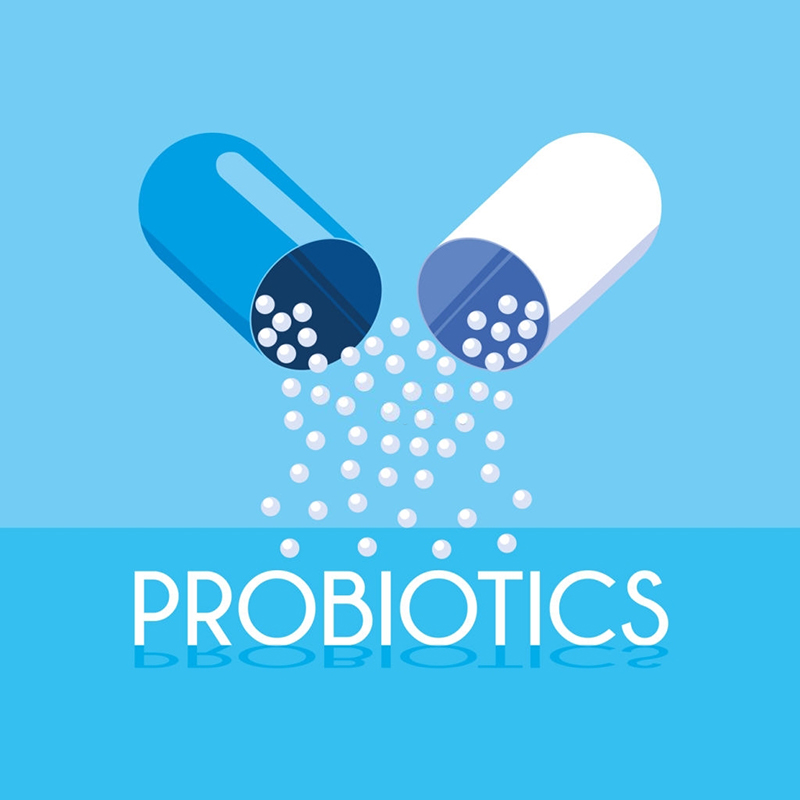Unpacking the Probiotic Puzzle: Sorting Out the Different Types of Bacteria Out There
Probiotics have exploded in popularity in recent years, with millions of people incorporating them into their daily routines to support digestive health, boost immunity, and improve overall well-being. But with so many different probiotic supplements and foods on the market, it can be hard to know which ones are right for you. That’s because not all probiotics are created equal. There are many different types of bacteria out there, and each one can have unique effects on the body.
The Basics of Probiotics
If you’re new to the world of probiotics, here’s a quick primer: probiotics are live microorganisms that are believed to have health benefits when consumed in sufficient quantities. They’re often referred to as “good bacteria,” and they’re found naturally in fermented foods like yogurt, kefir, and sauerkraut.
Probiotics can also be taken in supplement form, either as pills or powders that can be mixed into drinks or food. These supplements typically contain specific strains of beneficial bacteria that have been selected for their health-promoting properties.
The Different Types of Probiotic Bacteria
There are many different strains of probiotic bacteria, but some of the most common include:
Bifidobacterium
Bifidobacterium is a common type of bacteria that is found naturally in the digestive tract. It is believed to play a role in promoting gut health by producing lactic acid and other beneficial compounds. Bifidobacterium is often found in probiotic supplements and foods like yogurt.
Lactobacillus
Lactobacillus is another commonly used probiotic strain. It is found naturally in the body, particularly in the gut and urinary tract. Like Bifidobacterium, Lactobacillus is believed to support gut health by producing lactic acid and other beneficial compounds. It is often found in probiotic supplements and foods like kefir.
Streptococcus
Streptococcus is a type of bacteria that is commonly found in the mouth and throat. While some strains of Streptococcus can cause infections like strep throat, others are believed to have health benefits when consumed in sufficient quantities. Streptococcus thermophilus is a strain that is often used in yogurt and other fermented foods and is believed to support gut health.
Saccharomyces boulardii
Saccharomyces boulardii is a strain of yeast that is often used in probiotic supplements. Unlike other strains of bacteria, S. boulardii is not naturally found in the human body. However, it has been shown to have a number of health benefits, particularly in supporting digestive health and reducing the risk of antibiotic-associated diarrhea.
Choosing the Right Probiotic for You
When it comes to choosing a probiotic supplement or food, it’s important to consider the specific strains of bacteria that are included. Different strains may have different effects on the body, so it’s worth doing some research to find the ones that best match your health goals.
In addition to considering the strain or strains of bacteria, you’ll also want to look at the number of live organisms (colony-forming units, or CFUs) that are present in each serving. While there is no official recommended daily amount of probiotics, many experts suggest taking probiotics in the range of 1-100 billion CFUs per day.
The Bottom Line
Probiotics can be a valuable addition to a healthy diet and lifestyle. They have been shown to support digestive health, boost immunity, and improve overall well-being. When choosing a probiotic supplement or food, it’s important to consider the specific strains of bacteria that are included, as well as the CFU count. By doing so, you can make sure that you’re getting the most out of your probiotic regimen.







